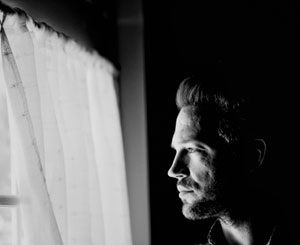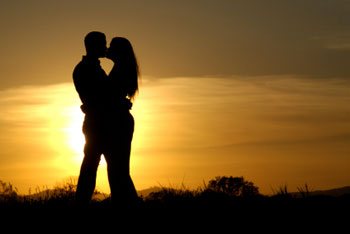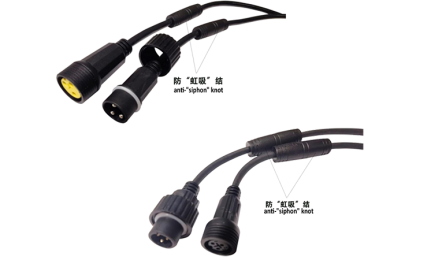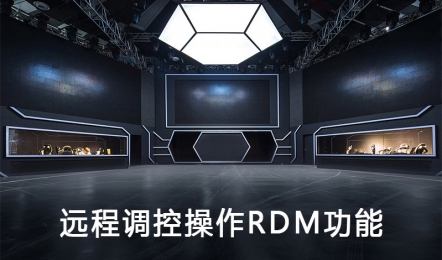by David Peterson
Without light of some sort, you'd be hard pressed to capture a picture. Understanding how to use,  manipulate,
and incorporate light is the most critical aspect of photography that
you'll learn. Once you understand light and how it impacts your
pictures, you'll be eons ahead of most beginning photographers.Part of
learning about lighting is getting the hang of the three main different
angles: front light, side light, and back light. Like most photo
scenarios, your subject matter matters! Front, side and back lighting a
person for a portrait takes a different thought process than it does for
landscapes, fine art or commercial photography. No matter what your
subject is though, master lighting and you'll be on your way to pro.
manipulate,
and incorporate light is the most critical aspect of photography that
you'll learn. Once you understand light and how it impacts your
pictures, you'll be eons ahead of most beginning photographers.Part of
learning about lighting is getting the hang of the three main different
angles: front light, side light, and back light. Like most photo
scenarios, your subject matter matters! Front, side and back lighting a
person for a portrait takes a different thought process than it does for
landscapes, fine art or commercial photography. No matter what your
subject is though, master lighting and you'll be on your way to pro.
Front Light
Known as being the least dramatic, front lighting illuminates the subject as they face one another. Because
you won’t get a lot of shadows, if any, your images are more likely to
be at least pretty good from out of the gate. And other than possibly
controlling its intensity, front light is the easiest angle you’ll work
with.
Because
you won’t get a lot of shadows, if any, your images are more likely to
be at least pretty good from out of the gate. And other than possibly
controlling its intensity, front light is the easiest angle you’ll work
with.
You almost can’t go wrong with front lighting if you’re capturing a family portrait or gatherings like a wedding or graduation. Because of its flat look, front lighting is usually the most flattering to those who are, ahem, aging. So, in a family portrait with aging parents and grandparents, opting for front lighting would please their egos and earn you bonus points. And since those events are often outdoors, reducing harsh shadows by using front lighting helps.
Speaking of which, what you need to be careful of is stark sunlight. The softer the light, such as at dusk or dawn, the better results you’ll have with front light. Even in a shadowed place under a tree, light is still light and if it’s coming from behind you as the photographer and lighting up the subjects’ faces straight on, you’ve got front lighting. Your ability to control brightness or softness is the key. Since the flash is the most typical form of front lighting, when outdoors you can use it as a nice fill flash, too. The trick there is to be far enough away (use a zoom lens if you have to) so that the flash fills rather than dominates.
Some good reasons to use front lighting:
•Gives more predictable results by lighting the entire subject straight on.
•Fewer shadows make for less dramatic and more predictable images.
•Baby boomers will be happy since this type of lighting is “flat” and with that means more flattering.
Some of the downsides of front lighting:
•The flat look can lead to boring images.
•You have to be careful with the use of your flash since that can lead to some inconsistent, artificial lighting.
•Creativity is on the low end of the spectrum
Side Light
If you want to explore the creative side of photography, side lighting takes you there. It’s perfect for emphasizing texture, defining depth, and bringing out patterns. When you side light a subject, its texture pops. Side lighting is more effective with portraits because it helps you emphasize the emotion and depth of your subject in a more dramatic way, such as the image of this man looking out of a window. Turning the image into a black and white shot also helps with conveying the emotion.

See how this person's cheekbones are suddenly defined? Notice the depth of his head in the foreground and how his eyes take on more character and intensity than a flat, front lit portrait. It makes for a more interesting photo, doesn’t it?
Also keep in mind that lighting your subject at a 45-degree angle, while photographing the shadowed side of their face, is the best type of portrait lighting. If you capture the lit side of their face, it will appear larger, hence putting that extra five pounds that “the camera adds” - and we know people don’t want that!
Most photographers tend to use either front or back light for nature and landscape images. There tends to be more of these images captured shooting into the sun, usually at sunset or dawn, or by having the front light fill the scene or filter through trees. So, you’ll probably find yourself mostly using side lighting for portraits, pets, and fine art type captures. Not that you want to rule it out for nature... it can be very effective in the right scenario, especially with animals in the scene. In fact, I encourage you to play with it because the depth of a mountain-scape can seem endless and multidimensional with side light.
Positive Points of Side Lighting:
•Creates a more dramatic image.
•Visually defines the subject from its background
•Depth becomes a more prominent force in the image
•Texture comes to life
Possible Downsides (though there really aren’t many):
•Too much contrast can be unflattering.
•You may need to use a reflector or fill flash to reduce contrast
Back Light
Back lighting is one of the most popular lighting options for creating drama. Back light is when the sun or other light source emanates from behind your subject, which means you’re shooting into the light. Probably the trickiest to use, but worth the results when done properly.

The most popular backlit images tend to be people in nature like these lovers, or playing sports, or a nature scene. Like side lighting, backlit images have contrasting depth as well. You’ll want to play with where the light is behind your subject. For example, if the sun is directly behind your subject, such in the above image, your subject will be that much darker. While there won’t be facial features to worry about illuminating in a flattering way (like the above mentioned wrinkles of parents or grandparents), your subject will likely love the tone of this type of image. The scene speaks for itself.
The Upside of Back Lighting:
•Silhouettes are always a big hit among photo viewers.
•It creates an interesting contrast of (often) warm light on a dark subject.
•The image becomes about a story rather than facial expressions, etc.
Potential Pitfalls:
•The lack of detail might not be the desired result.
•Too much or too little back lighting can ruin the desired images. Be careful.
•Lens flare can pop up.
One way to start thinking about light is to notice it in your everyday activities. When you’re out and about, notice the way light falls on the subjects around you. Consider how the subject might look later or earlier in the day. The more you observe light in your everyday life when you’re not looking through the lens, the more creative you’ll be with it when you do pull out your camera. Understanding light makes for a pixel-happy photographer!
Most people think this post is Awesome. What do you think?




